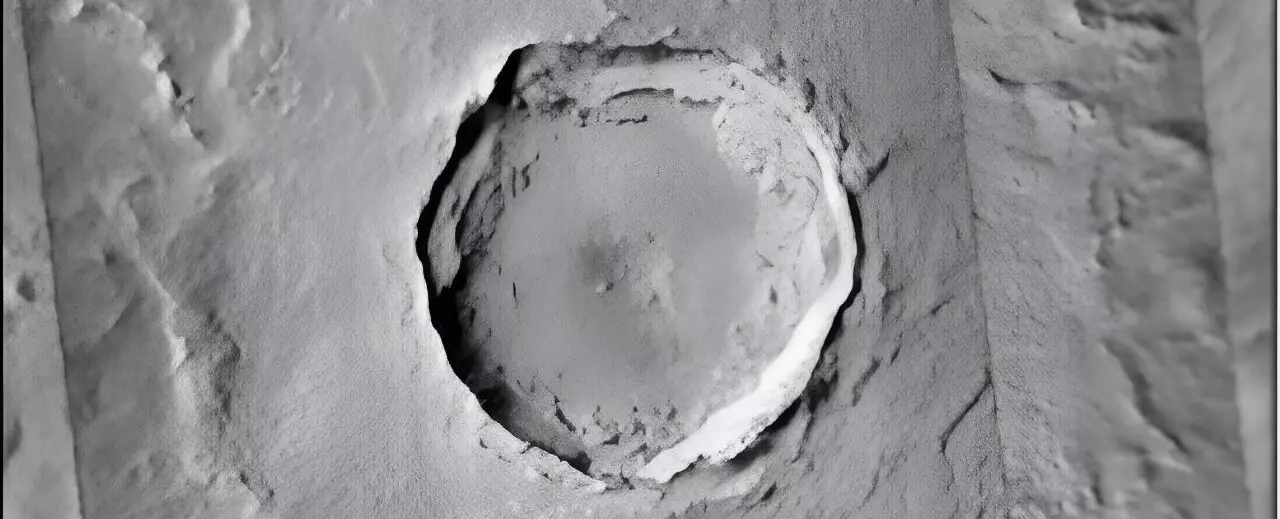Mars, often referred to as the “Red Planet,” is covered in numerous impact craters, a stark contrast to Earth. This stark difference can be attributed to the absence of weathering forces and strong plate tectonics which disrupt the formation of such impact craters on our home planet. However, it is important to note that not all impact craters on Mars are directly caused by asteroid impacts. In fact, many of them are a result of the ejecta from asteroid impacts falling back to the planet’s surface.
A recent study presented at the 55th annual Lunar and Planetary Science Conference in Texas shed light on the significant impact a single large asteroid impact crater had on the Martian surface. The study focused on a crater known as Corinto, located in Elysium Planitia, approximately 17 degrees north of Mars’ equator. Despite being relatively young in Martian terms, with an estimated age of 2.34 million years, Corinto is quite massive, with an average time between impacts of its size being around 3 million years.
The Corinto crater, measuring about 14 km in diameter and 1 km deep, features an extensive “ray system” stemming from the impact site. This ray system consists of ejecta that was cast out from the crater and landed across the planet, creating visible trails from the central impact point. The interior of the crater is marked by smaller craters resulting from the impact, indicating it was potentially filled with water ice at the time of the impact.
Calculations suggest that the impact angle of the asteroid that created the Corinto crater was relatively steep, ranging from 30-45 degrees from straight on. The impactor appeared to be coming from the north, resulting in most of the ejecta impact field lying to the south, especially the southwest, of the crater. While some secondary ejecta craters are located to the north of the main crater, the impactor’s angle pushed the majority of the ejecta to the south.
In order to track the path of the ejecta from the Corinto crater, scientists utilized data collected by HiRISE and the Context Camera on the Mars Reconnaissance Orbiter. By analyzing characteristics of smaller craters surrounding the main crater, researchers were able to identify different “facies” of ejecta craters based on their distance from the crater. Researchers found that there are close to 2 billion secondary impact craters larger than 10 meters caused by the ejecta from Corinto, with some craters appearing up to 1850 km away from the main crater.
The findings of this study suggest that the Corinto crater on Mars has had a significant impact in terms of the sheer number and distance of its ejecta. While the paper did not delve into the broader implications of these findings, it is clear that this research opens up avenues for further exploration and understanding of impact crater formations on Mars. As new records are set in planetary research, it is likely that additional studies will be conducted to uncover more about this intriguing Martian crater.


Leave a Reply